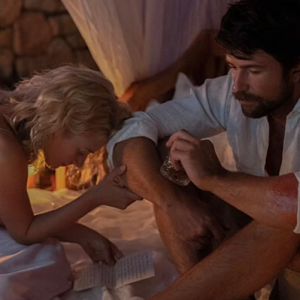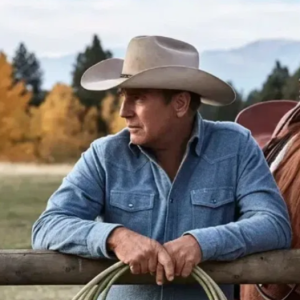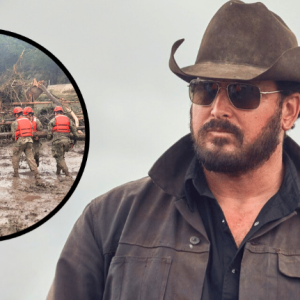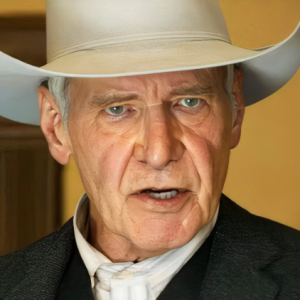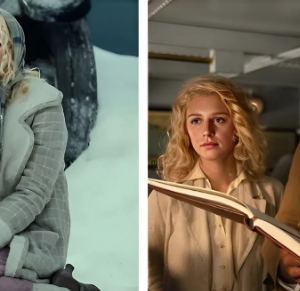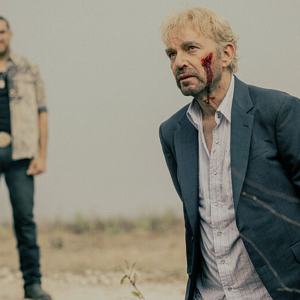Taylor Sheridan has forged a formidable empire in television, primarily through his acclaimed Western saga, Yellowstone, and its expanding universe. Renowned for gritty storytelling, complex characters, and stunning cinematography, his shows often garner significant critical praise. However, recent trends in audience reception, particularly for the Yellowstone prequel 1923, reveal a curious disparity between critical darlings and viewer satisfaction, raising questions about what audiences truly seek in a sprawling, interconnected narrative.
At the heart of this discussion lies 1923, the much-anticipated prequel to Yellowstone, which premiered in 2022. While critics have hailed it as one of the most artistically accomplished series of Sheridan’s career, its audience score on review aggregators stands at a surprisingly low 53%. This contrasts sharply with its high critical acclaim, painting a picture of a show deeply divisive among its viewership. The series’ critical success is often attributed to its exceptional production value, immersive set designs, and particularly the magnetic performances of its lead stars, Harrison Ford and Helen Mirren, who portray Jacob and Cara Dutton, the formidable patriarch and matriarch of the Yellowstone ranch during a period of immense strife. Critics frequently commend its cinematic scope, often noting how the harsh, beautiful Montana landscapes play a character in themselves, underscored by masterful cinematography that captures the essence of the early 20th-century American West.
Yet, despite these undeniable strengths, 1923 has struggled to fully capture the widespread adoration of the audience in the same way its predecessor, Yellowstone, or even the earlier prequel, 1883, did. Viewer feedback points to several key areas of dissatisfaction. A primary complaint revolves around the pacing of the series, which many audiences found to be deliberately slow, particularly in its second season. While this measured approach might appeal to critics appreciating character development and atmosphere, it often left viewers craving more direct action and plot progression. The series’ willingness to depict brutal violence, including instances of sexual violence, also proved challenging for some, contributing to a sense of unease that detracted from their viewing experience.
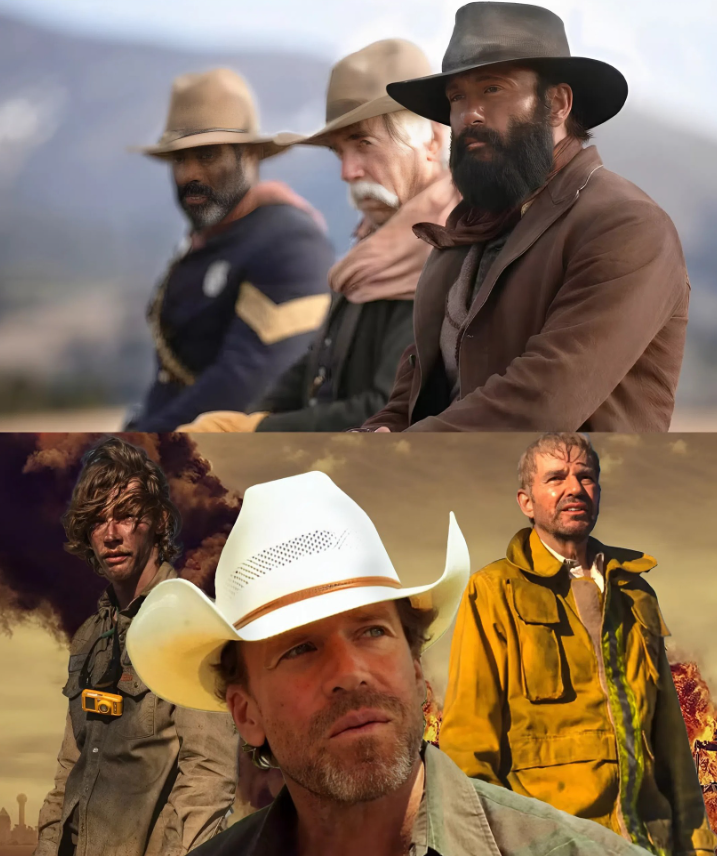
Furthermore, a significant point of contention among audiences has been the perceived underutilization of its star power. Despite Ford and Mirren delivering powerful performances, many viewers felt their storylines, particularly in season two, became overly melodramatic or meandered, failing to provide the impactful, central narrative they expected from such seasoned actors. The extended and often isolated journeys of characters like Spencer Dutton, the nephew of Jacob and Cara, who spends much of the series abroad in Africa, also frustrated some viewers. While Spencer’s arc is crucial to the Dutton family lineage and adds a global dimension to their struggles, its prolonged separation from the main Yellowstone ranch storyline contributed to the feeling of a fragmented narrative for an audience accustomed to the concentrated drama of the flagship Yellowstone series. This disconnect highlighted a preference among viewers for focused characterization and immediate stakes, rather than the more sprawling, contemplative narrative that 1923 often presented.
The divided reception of 1923 takes on additional significance when considering its substantial production budget. With reports suggesting costs upwards of $30 million per episode, the series represents a significant investment for Paramount+. Such a hefty price tag typically demands a broad and enthusiastic viewership to justify its existence, and the show’s almost 50-50 split in audience ratings likely poses a challenge for network executives, despite the critical accolades. The expectation, fueled by the immense success of Yellowstone and 1883, was for 1923 to be an unqualified triumph, effortlessly slotting into the burgeoning Dutton cinematic universe. The reality has been more nuanced, underscoring the complexities of expanding a beloved franchise while attempting to push thematic and narrative boundaries.
Interestingly, this pattern of critical praise versus audience skepticism isn’t unique to 1923 within Sheridan’s recent portfolio. His new series, Landman, also reveals a similar, though less extreme, divide. While Landman boasts a respectable critic score of 78% for its first season, its audience score dips to 62%. Viewers of Landman initially expressed less engagement, likely due to the show’s deep dive into the technical intricacies of the oil business, a subject that proved less immediately captivating than the high-stakes ranch drama of Yellowstone. However, the dramatic shift towards the end of Landman season one, introducing more overt conflict with the inclusion of a Mexican-American drug cartel and Andy Garcia’s villainous character, Galino, appears designed to address these audience preferences. This strategic pivot suggests an understanding from the creators that audiences often crave more direct action and conflict over intricate industry dealings.
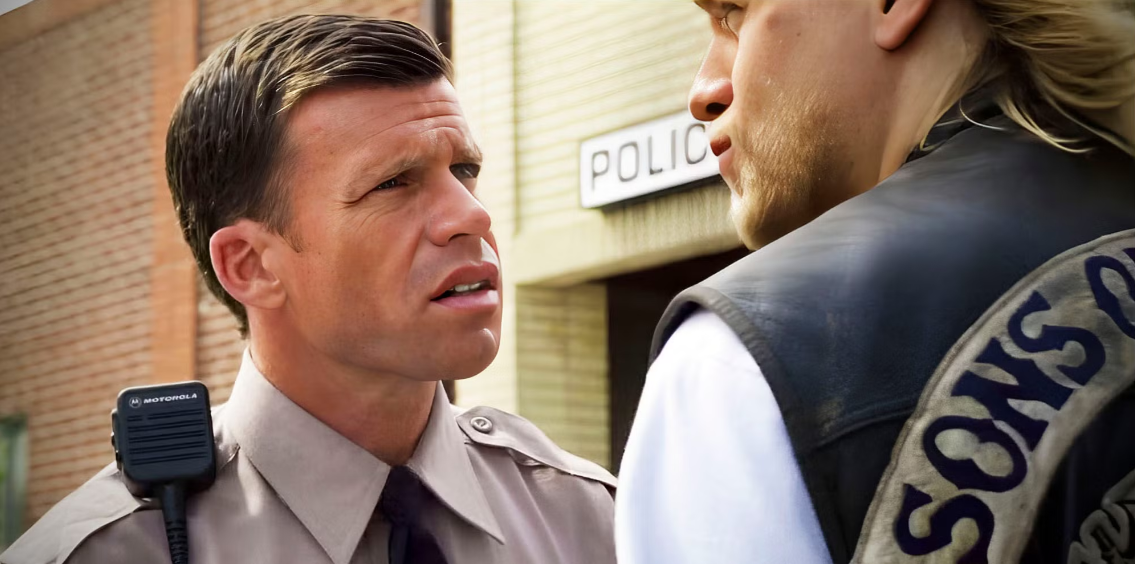
The overlap in audience expectations between Landman and 1923 is noteworthy. While vastly different in subject matter—one exploring the cutthroat world of oil, the other the harsh realities of early 20th-century ranching—both shows illustrate a potential gap between Sheridan’s artistic vision and what a broad audience expects from his brand. Viewers drawn to the Yellowstone universe often anticipate a blend of family drama, territorial disputes, and intense, character-driven conflict. When a series deviates too far from these established expectations, whether through slow pacing, thematic choices, or a focus on less immediately engaging subjects, it risks alienating a segment of its potential audience, even if it simultaneously garners critical admiration for its artistic merits.
In conclusion, the journey of 1923 highlights a crucial dilemma in the entertainment industry: how to balance artistic ambition and critical acclaim with the often-different desires of a mass audience. While 1923 may, in time, find a more unified audience as retrospective viewings allow for a different appreciation of its narrative and pacing, its initial reception serves as a valuable lesson. It underscores that while stunning visuals, powerful performances, and a unique cinematic feel are paramount, for a series to truly resonate with a broad viewership, it must also deliver on expectations of engaging action, compelling character arcs, and a clear sense of narrative momentum. The future success of Taylor Sheridan’s expanding universe will likely hinge on his ability to navigate this delicate balance, ensuring that critical darlings also become beloved by the very audiences who fuel their success.
